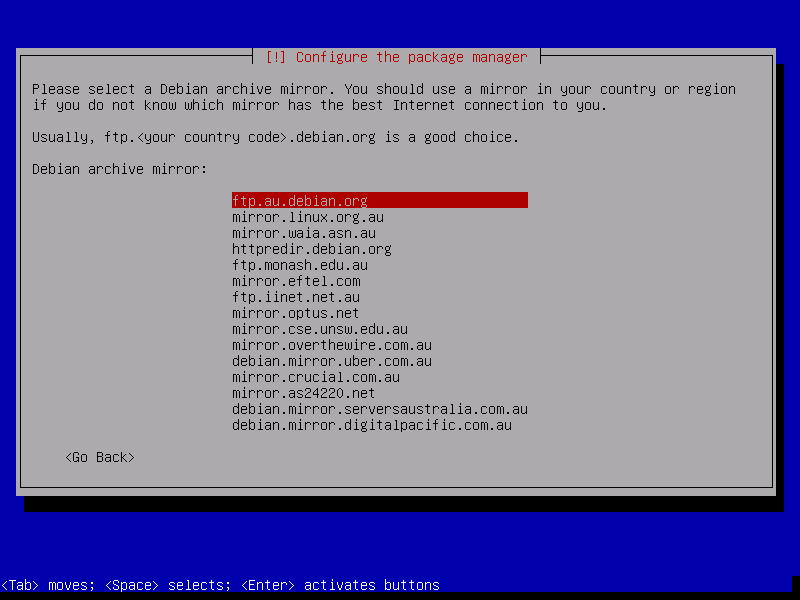

The hotkey appears on the first screen you see after rebooting near something like "Enter Setup." Some common hotkeys are F2 (Acer, Asus, Lenovo, Dell, Origin PC, Samsung, Sony, Toshiba), F1 (Lenovo desktops and ThinkPad models, Sony), F10 (HP), and the Del key (Acer, Asus, MSI). Copy apt install mariadb-server For some background information on this command, note that the apt is the package manager, install is the primary instruction, and mariadb-server is the program we wish to install.

You can also reboot your PC and quickly (and repeatedly) press the BIOS hotkey for your manufacturer. Log into your server as the root user following the steps listed above.Go to Advanced options > UEFI Firmware Settings.Click Troubleshoot when the PC comes back up.Click Restart now under "Advanced startup.".Do note that you have to double-check whether your computer supports 64-bit or 32-bit architecture and download the version supported by your system. Navigate to Update & Security > Recovery. This will download an ISO image file with only the most essential elements of Debian 11 and without a GUI.Click the Start menu and select Settings.If you're using Windows 10 or 8.1, you can usually enter the BIOS from the desktop: Upload the 4.18.0 System VM template if not already using it.All BIOS are different, but what you'll need to do is find the section labeled "Boot Order" (it will be a list of drives connected to your computer) and move the USB controller (or the optical drive) to the top of the list. Now that you have your Debian installer ready to go, you'll need to make sure you can boot from it. Configure your PC so that it can boot from a USB or optical drive.


 0 kommentar(er)
0 kommentar(er)
